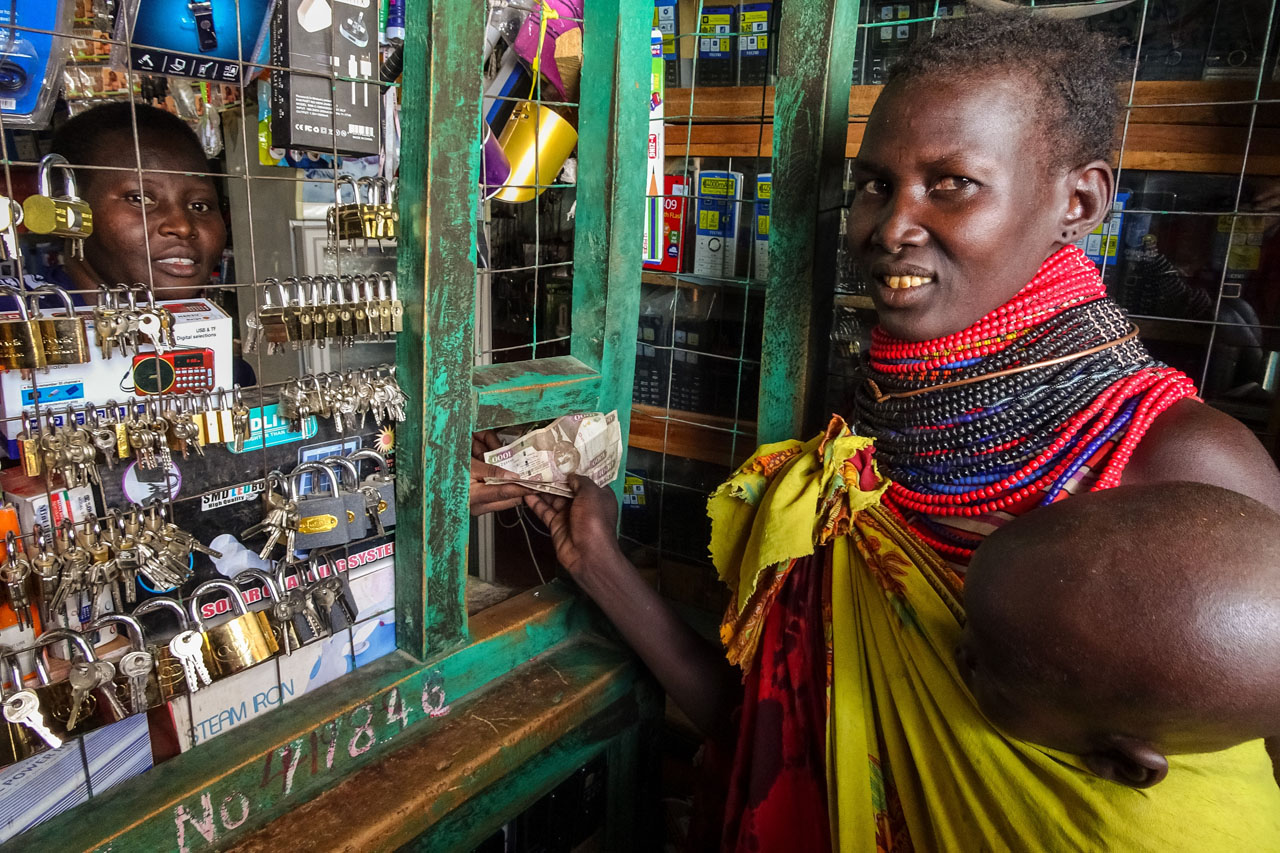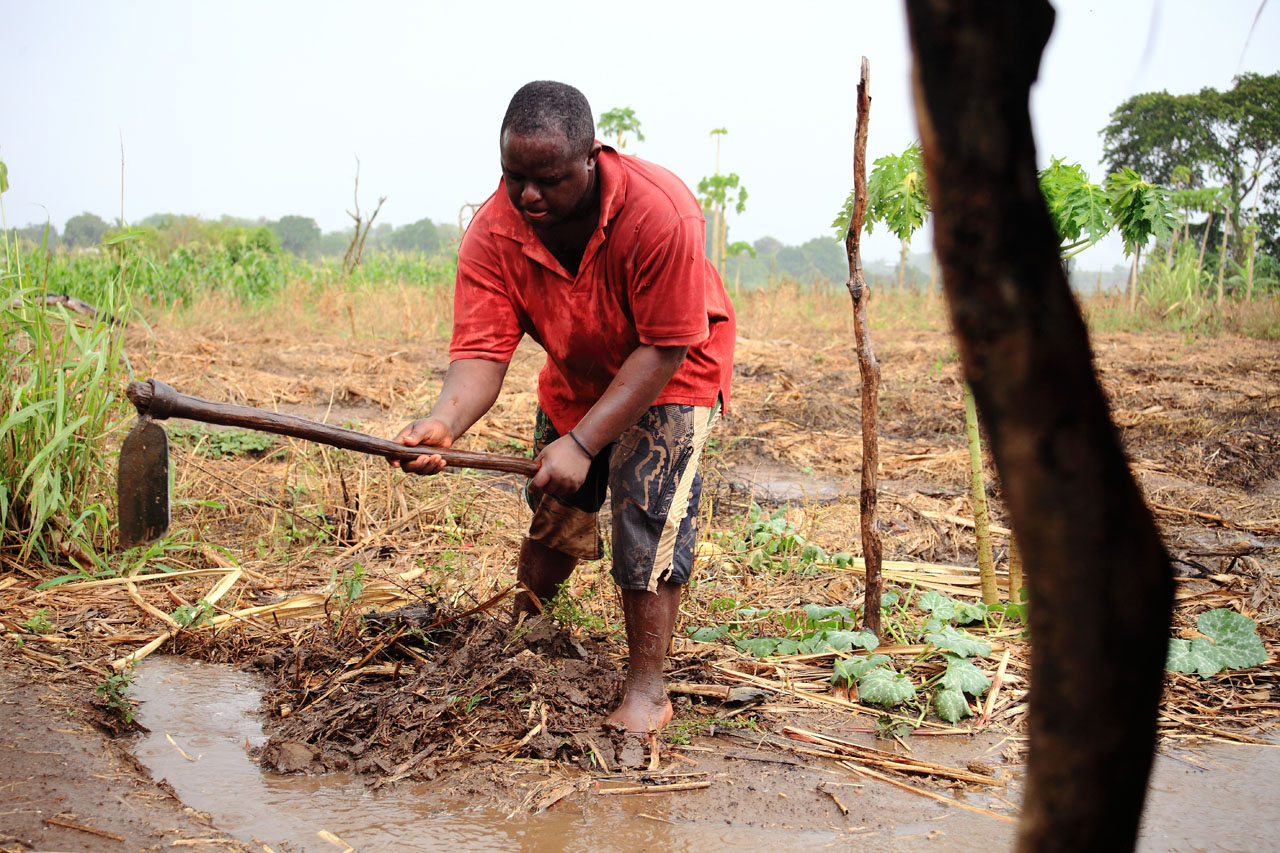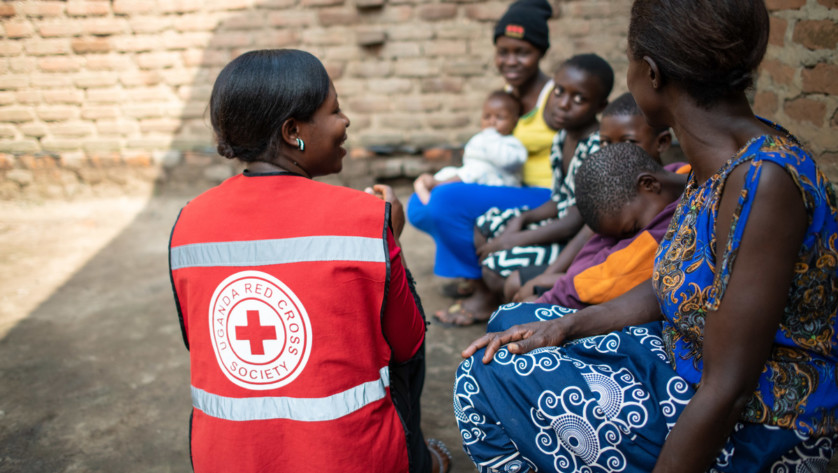Investing in peace
None of these initiatives can bear fruit if communities are continually under threat. With this in mind, some say peace-building efforts should also be part of the humanitarian-development mix. The South Sudan Red Cross, for example, has launched a Peaceful Coexistence Project, in which they hope to help broker communication, understanding and perhaps peace among various factions.
To have a meaningful and lasting impact, this now very small project would need to be scaled up massively in order to take root and prevent future cycles of conflict and vulnerability. And even if South Sudan or other countries in conflict achieved peace tomorrow, the humanitarian situation will not go away. There will still be a massive need for international support to help those suffering under the current crises to restore and rebuild their lives.
A seamless handover
As the situation on the ground allows some international actors to ease up their emergency, life-saving operations, some say smoother transitions from international to local solutions are also important.
This means humanitarians address the acute needs but then are “able to hand over the baton to development partners so that there’s continuity and also the building of the population’s resilience in terms of long-term programming”, says Luluwa Ali, a humanitarian affairs analyst with UNOCHA in eastern and southern Africa.
The problem is that many large international agencies lack a deep-rooted, continuous network at the local level. “The infrastructure to follow up, monitor, tweak the system, is not there,” says Tim Wright, executive director of Sauti Moja, a small non-governmental organization (NGO) that connects donors to community initiatives of indigenous people such as the Masai of Kenya and Tanzania.
“The big agencies can do the initial emergency work but they need to make sure they have small local partners engaged to do the follow-up and monitor,” he says. This sentiment echoes the case made by Red Cross and Red Crescent National Societies, which argue that their community-based volunteer networks are ideally placed to provide just that kind of continuous follow up, as well as disaster preparedness, emergency response and recovery, and resilience building at the local level.
Investing closer to home
The dialogue on improving the lives of the most vulnerable people in Africa has, for years, focused on encouraging Africa to write its own story and to promote investment and resilience building from within. In this spirit, National Societies have pledged to diversify their local and regional donor base and to knock louder on the door of the local private sector, among other things.
One outcome, just over 18 months old, is the East Africa Humanitarian Private Sector Partnership Platform. The platform has more than 160 members ranging from the private sector to local and multinational businesses, academia, the United Nations, international NGOs, local actors and government.
Coordinating such a large group is a monumental task, particularly when many of the most essential stakeholders — national governments — are themselves to varying degrees in states of crises.
Still, many governments are stepping up. While some have been slow to acknowledge that the magnitude of the disaster was beyond their capacity, there has nevertheless been massive investment, such as in Ethiopia where the government has allocated more than US$ 730 million to address critical humanitarian needs.
More National Societies, meanwhile, are finding ways to reach out to their fellow countrymen and women for support. Following the success of the Kenya Red Cross Society’s ‘Kenyans for Kenya’ fundraising initiative during the 2011 drought, which raised more than US$ 10 million through small donations by cell phone, National Societies in Namibia and, more recently, in Ethiopia have followed with similar initiatives.
 Red Cross Red Crescent magazine
Red Cross Red Crescent magazine 







 Tech & Innovation
Tech & Innovation Climate Change
Climate Change Volunteers
Volunteers Health
Health Migration
Migration